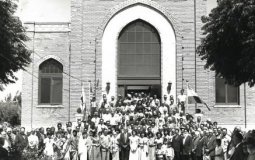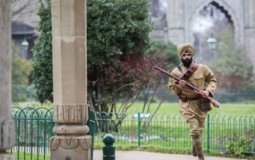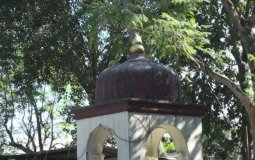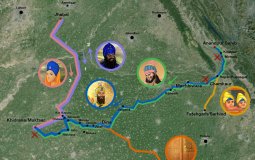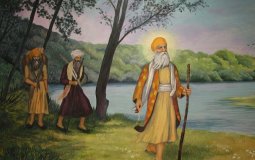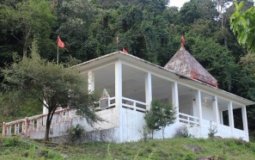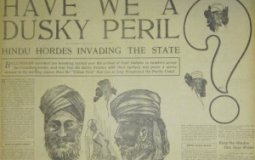The popular narrative in media and textbooks on the South Asian American population is that they've only existed in the United States for a few decades.
Puratan Janamsakhi mentions episode of Kauda cannibal related to Dhanasari Des on an island. Janamsakhi Bhai Bala too has the episode of Kauda Cannibal.
"The history of Sikhs affords many instances of their value as soldiers, but it may be safely asserted that nothing finer than the grim valour and steady discipline displayed by them on the 4th June has ever been done by soldiers of the Khalsa.”
I'm running as you can see dressed as an Indian soldier from World War One. Why? Because I'm raising funds and awareness for a great charity which is telling the story of Sikhs in the Great War.
The monument at the place of burial of Loonia Siddh at the bank of river Dikhow points to the place of Guru Nanak's visit since the Guru's followers maintained the place of Guru's visit wherever the Guru went and Nazira was such a place of Guru's visit.
Now in her mid-70s, Netervala is part of the nation’s thinning Punjabi-Mexican population, an identity forged out of historical necessity and made possible by uncanny cultural parallels.
As we worked on the script for KAUR, being a stickler for details, I wanted to actually chart on a map the journey that they took. The more we charted the history, the less the story most people know made sense.
The reason of travels of Guru Nanak has been described by Bhai Gurdas in his first 'var' (verse) to redeem the 'the four lands and nine regions' and to convey the True message of the Lord.
With the development of number of sites of Sikh Gurdwaras in Assam and Arunachal, Brahm Kund may be developed into a Sikh pilgrimage centre and a Gurdwara commemorating Guru Nanak's visit to the place may come up sooner or later.
The “Yellow Peril” fears of the late 19th century are well known, but few remember the “Dusky Peril” that soon followed—...

